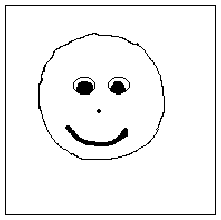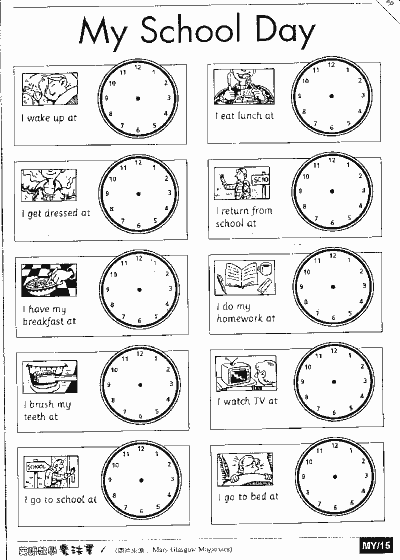Book III, Lesson Nine
by
新竹縣立芎林國民中學
![]()
My Friend Like Sport But I Don't
| 例如棒球、足球、籃球、排球、、、等。 可向學校體衛室借。
|
| 例:A拿著 Do you like sports? Do you like basketball? .......... 練習本課內容。 |

大家來排列組合
| Encourage precise answers like: | Every day Every other day Every second day Once a week Twice a week, etc.. |
My Hobbies
| T: | (翻到圖卡swim) I like swimming. |
| John : | (翻到圖卡 sing) I don't like swimming.I like singing. |
| Mary : | (翻到圖卡 sing) I like singing too. (說完後拿走John與自己的圖卡 sing) |
| 1.T : | Let's glue the thick paper on the back... All right.Now cut the pictures... Are you finished? |
| 2.T : | Put your cards upside down in a pile. Ready? |
| 3.T : | Turn over one card and make a sentence. I'll start..."I like swimming."How about You,John?... |
| John : | (翻到圖卡sing)I don't like swimming.I ..like singing. |
| Mary : | (碰巧也翻到圖卡sing) I like singing,too. (Mary 拿走John的圖卡sing 與自己的圖卡sing) |
| 4.T : | Let's count who has the most cards... OK.Amy has the most cards,so Amy is the winner.Yeah! |
| -good at/bad at -can/can't -現在進行式 |
: I'm good at swimming. : I can't swim. : He's swimming. |
 |
. |  |

| wake up get dressed have my breakfast brush my teeth go to school eat lunch return from school do my homework watch TV go to bed |
(醒來) (穿好衣服) (吃早餐) (刷牙) (上學) (吃午餐) (放學回家) (做功課) (看電視) (睡覺) |
二.材料
| ALWAYS | go to school at 8:45 go to bed at 10:00 .... |
| SOMETIMES | watch TV at 8:00 wake up at 5:00 .... |
| NEVER | eat lunch at 2:00 brush my teeth at 5:00 .... |
| 1T : | This is your school day.Draw your own timing.... |
| 2T : | Work in pairs.Then ask your partner about his timing.... S1 : What time do you have breakfast? S2 : I have breakfast at 7:30. .... |
| 3T : | Take out a piece of paper.... Write the three words on your paper.... List your activities under the three words,for example, look,I always go to school at 8:45. So I write "go to school at 8:45" under the word ALWAYS.And I sometimes watch TV at 8:00,so I write "watch TV at 8:00" under the word SOMETIMES.... |
| 4T : | Work in pairs Ask your partners.Find out four activity timing of your friends.... |

My Hobbies 我的嗜好
二.材料
三.活動步驟
| T : | (翻到圖卡swim) I like swimming. |
| John : | (翻到圖卡 sing) I don't like swimming. I like singing. |
| Mary : | (翻到圖卡 sing) I like singing too. (說完後拿走John與自己的圖卡 sing) |
四.教學情境對話
| 1 T : | Let's glue the thick paper on the back... All right. Now cut the pictures... Are you finished? |
| 2.T : | Put your cards upside down in a pile. Ready? |
| 3 T : | Turn over one card and make a sentence. I'll start..."I like swimming. "How about You, John?... |
| John : | (翻到圖卡sing)I don't like swimming. I ..like singing. |
| Mary : | (碰巧也翻到圖卡sing) I like singing, too. (Mary 拿走John的圖卡sing 與自己的圖卡sing) |
| 4 T : | Let's count who has the most cards... OK. Amy has the most cards, so Amy is the winner. Yeah! |
五.變化應用
| -good at/bad at -can/can't -現在進行式 |
: I'm good at swimming. : I can't swim. : He's swimming. |


